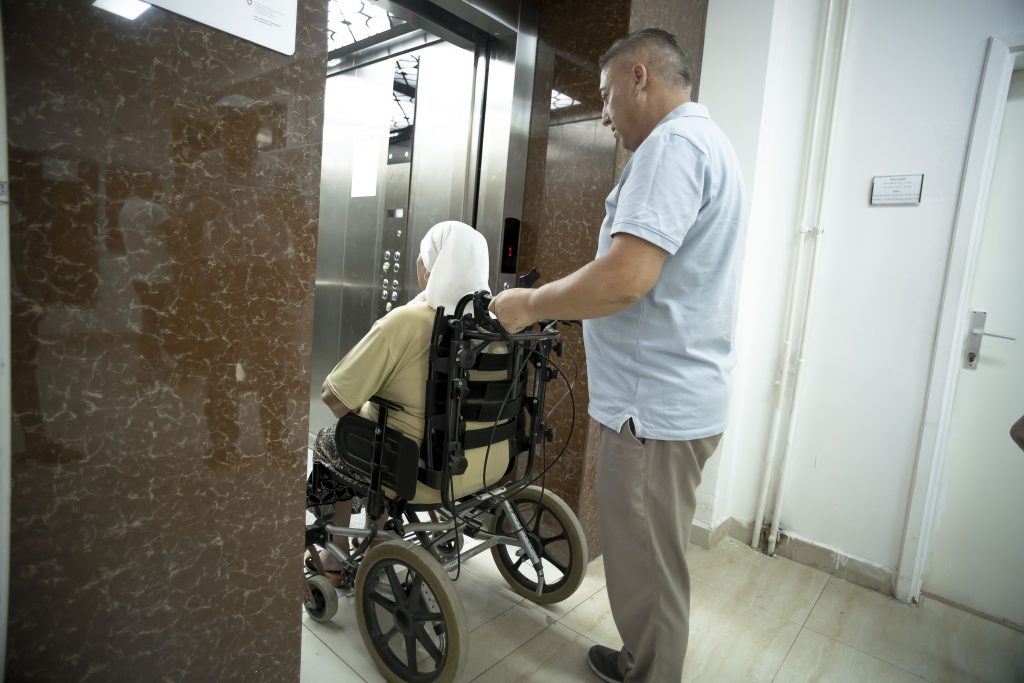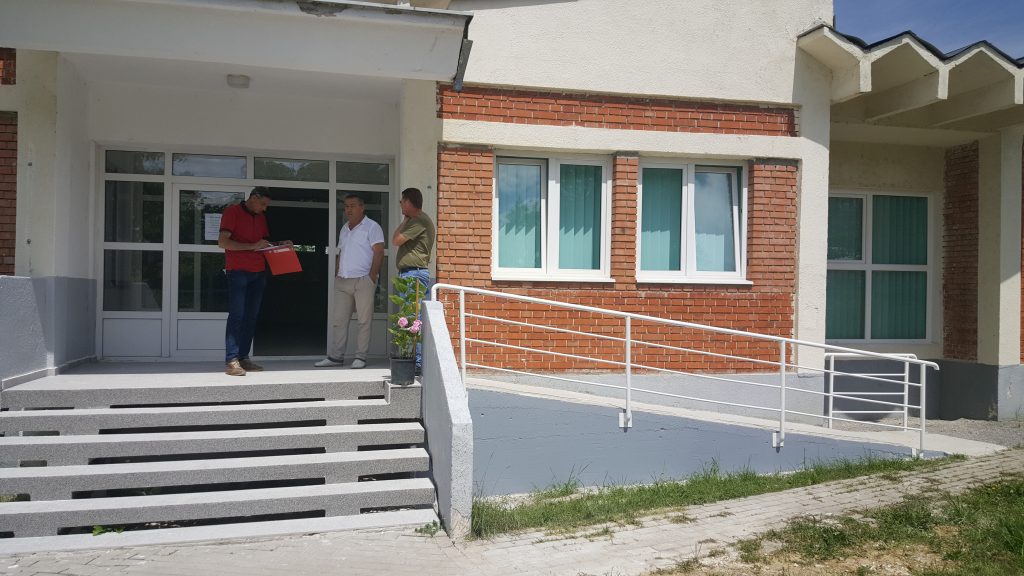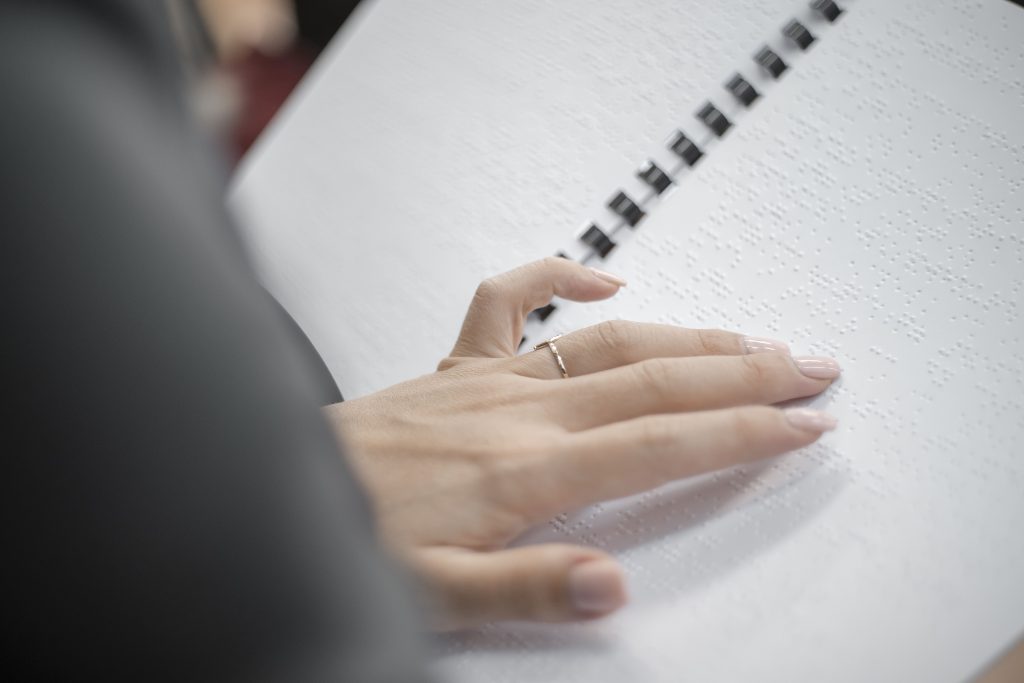YEAR OF PEOPLE WITH DISABILITIES
2022 was announced as the year of people with disabilities by the Government of the Republic of Kosovo. There was a focus on promoting the rights and well-being of persons with disabilities at all levels of society and development. According to the World Health Organization, persons with disabilities make up approximately 10% percent of Kosovo’s population, thus, an estimated 150,000 to 200,000 people.
‘Society’s understanding of disability is improving, yet we still have a lot to do in all aspects. Access to health literacy is crucial for us. While waiting in the health centers, deaf people can now receive interesting information via sign language videos shown on the screens. This was one action of the AQH project,’ says Enver Kurtalani, Executive Director of the Kosovo Association of the Deaf, who is also a member of the deaf community.
DISABILITY IN KOSOVO
Eventhough one of the most marginalized groups in Kosovo, people with disabilities need public health programs and healthcare services for the same reasons anyone does—to be healthy, active, and engaged in the community. Most people will face hardships or barriers at one point in their life. For people with disabilities that is a daily reality. Being one of the groups who must frequently interact with the health care system—gaining access to the health centers is often a challenge for people with disabilities.

AQH ACTIVITIES
Over the past seven years, targeted AQH-supported initiatives were focused on leaving no one behind, including facilitation of access to quality health services for disadvantaged or marginalized groups. Together with the Ministry of Health, AQH undertook several activities, including:
- Building of disability-friendly infrastructure for persons with disabilities in Family Medicine Centers in AQH partner municipalities.
- Training sessions on diabetes and hypertension for the deaf, hard of hearing, blind and visually impaired people.
- Leaflets with information about risk factors and suitable treatment for non-communicable diseases have been adapted for blind and vision impaired people using Braille alphabet.
- Organizing a round table to address barriers faced when accessing health services with representatives from health institutions, NGOs, patient rights organizations, and people with disabilities during the International Week of Deaf People.
- Awareness and information activities that reached 774 disabled individuals.


‘Suitable access to health centers, the appropriate way of transmitting information about health services, and health staff communicating effectively with people with disabilities are essential for creating better access for these disadvantaged people. AQH is supporting these dimensions and hopefully it is a work that we’ll continue to do together,’ stated Musë Zhjeqi, Senior Officer at Ministry of Health’s Office for People with Disabilities.

AQH is a project of Swiss Agency for Development and Cooperation (SDC), implemented by Swiss Tropical and Public Health Institute (Swiss TPH).



